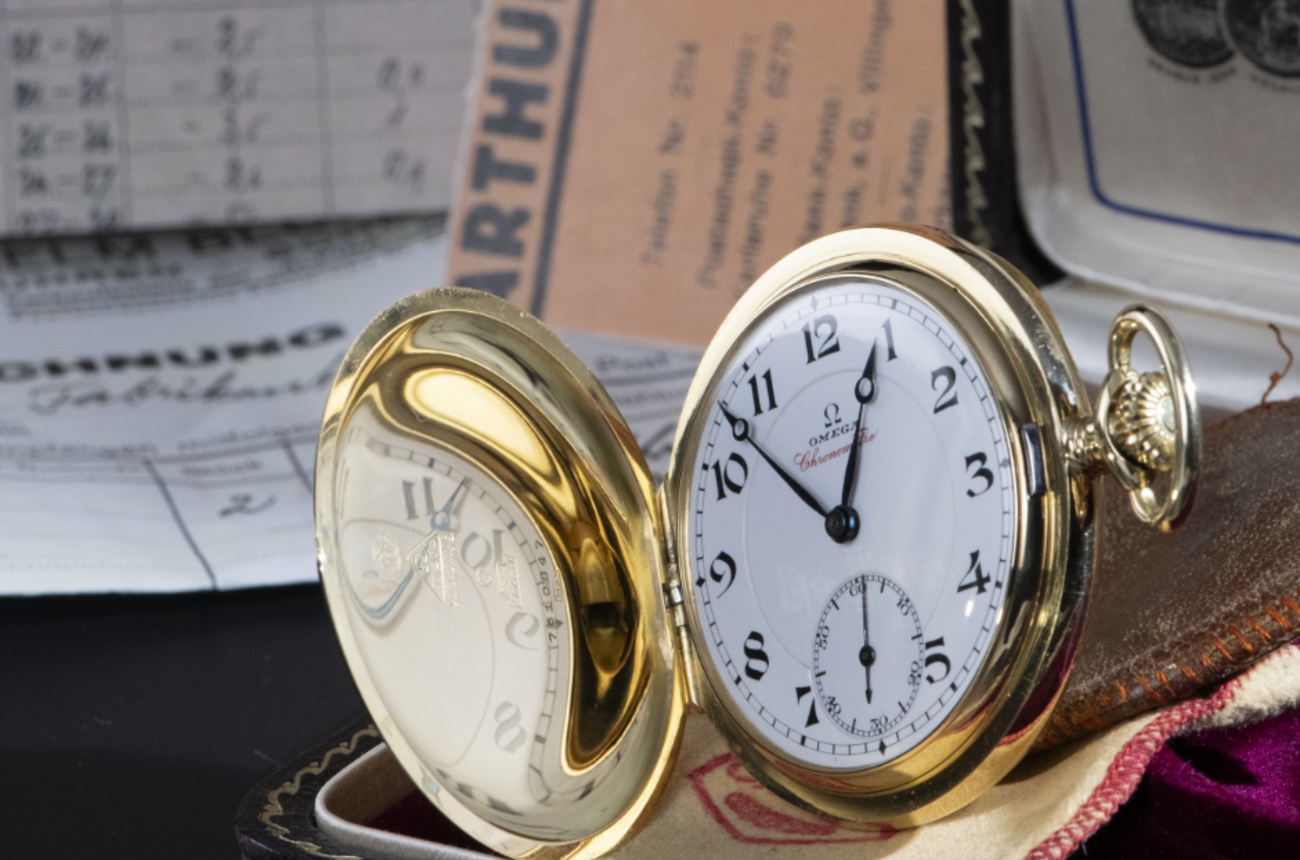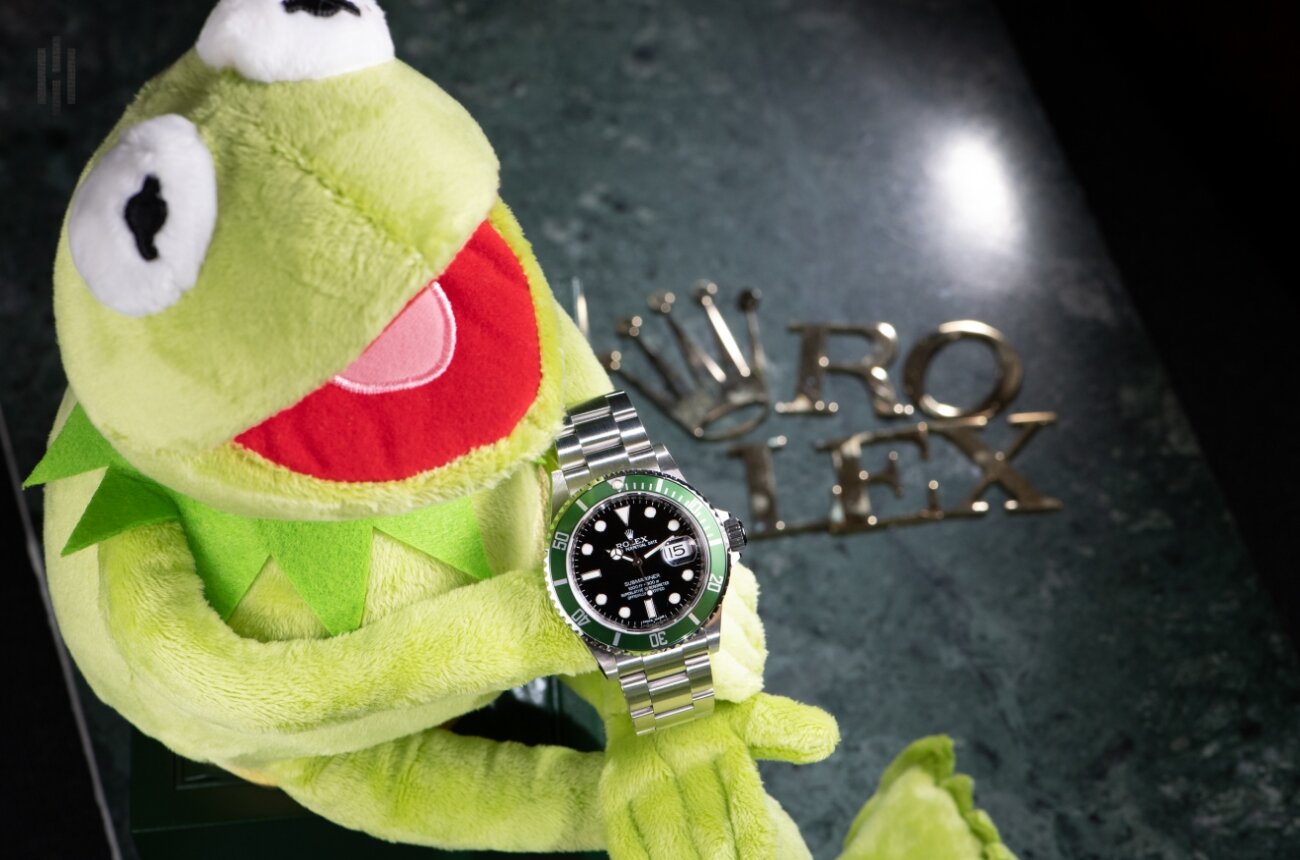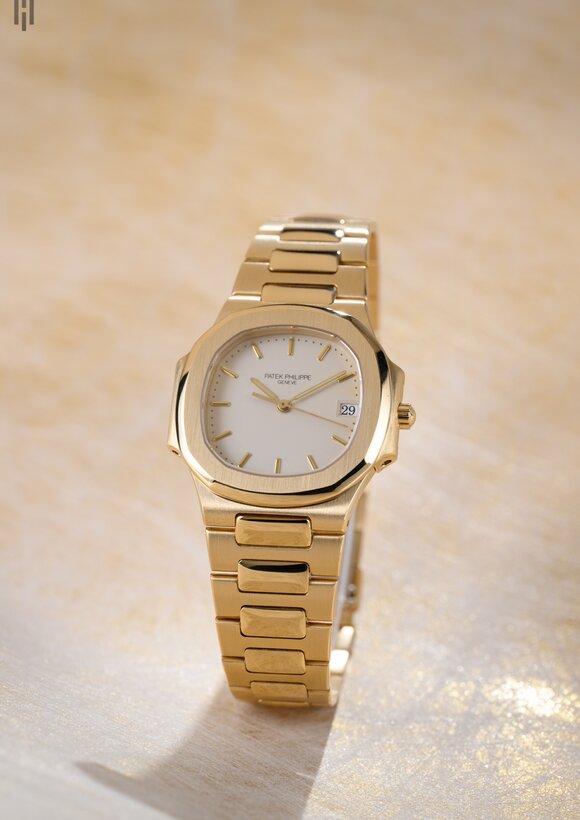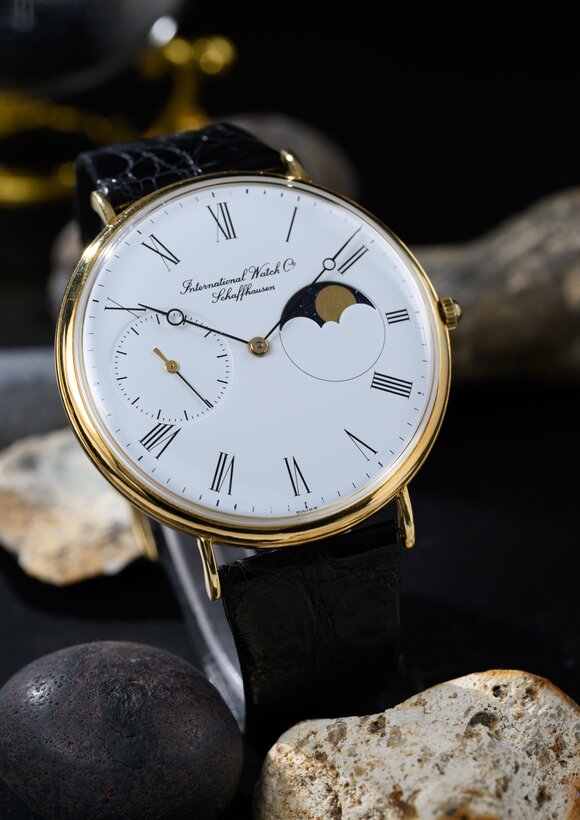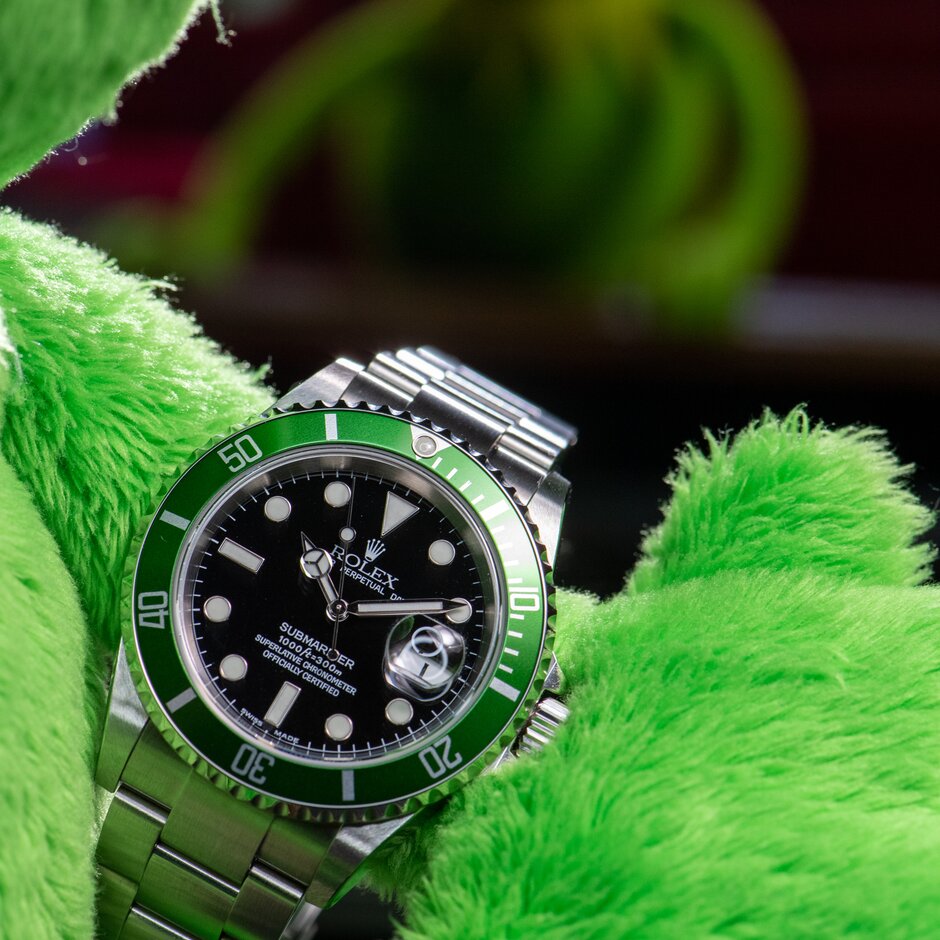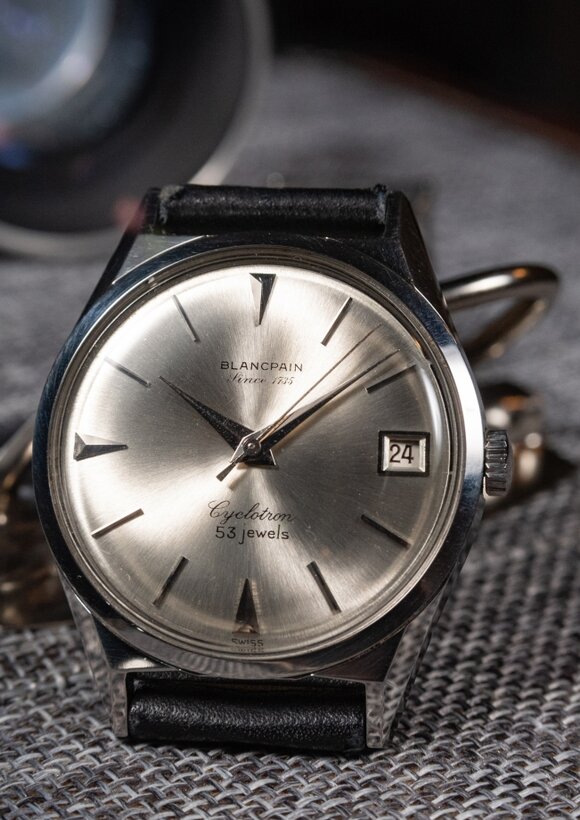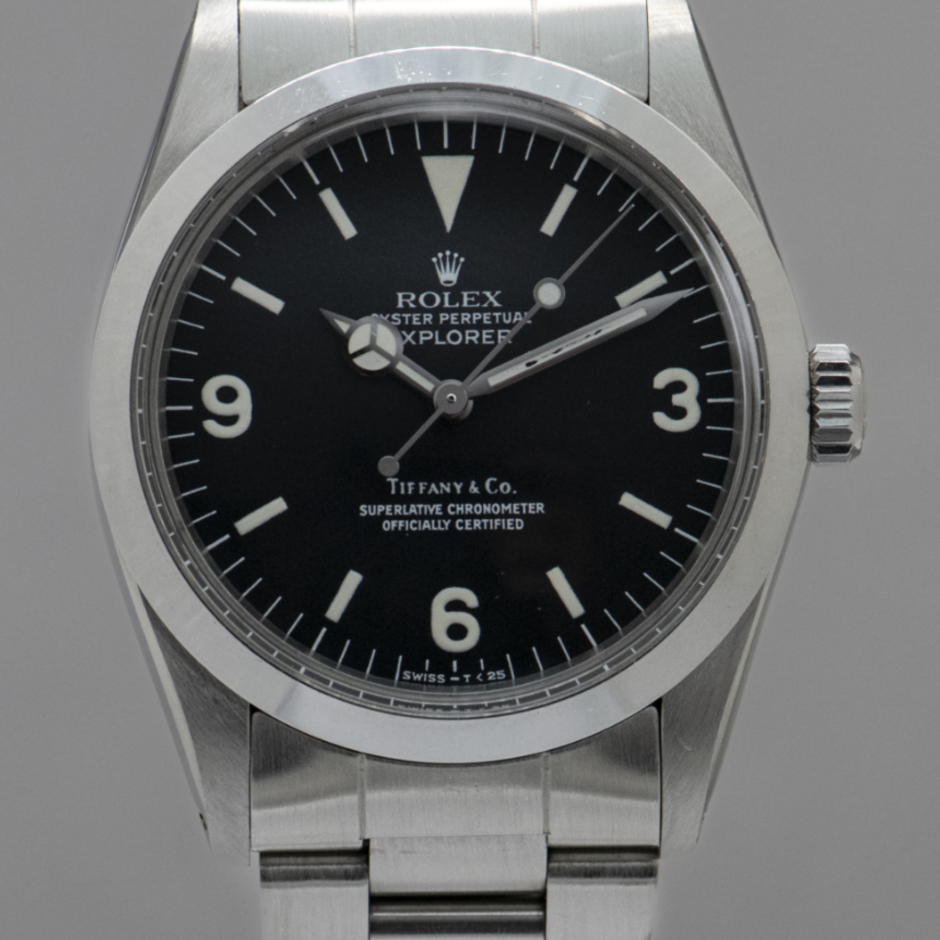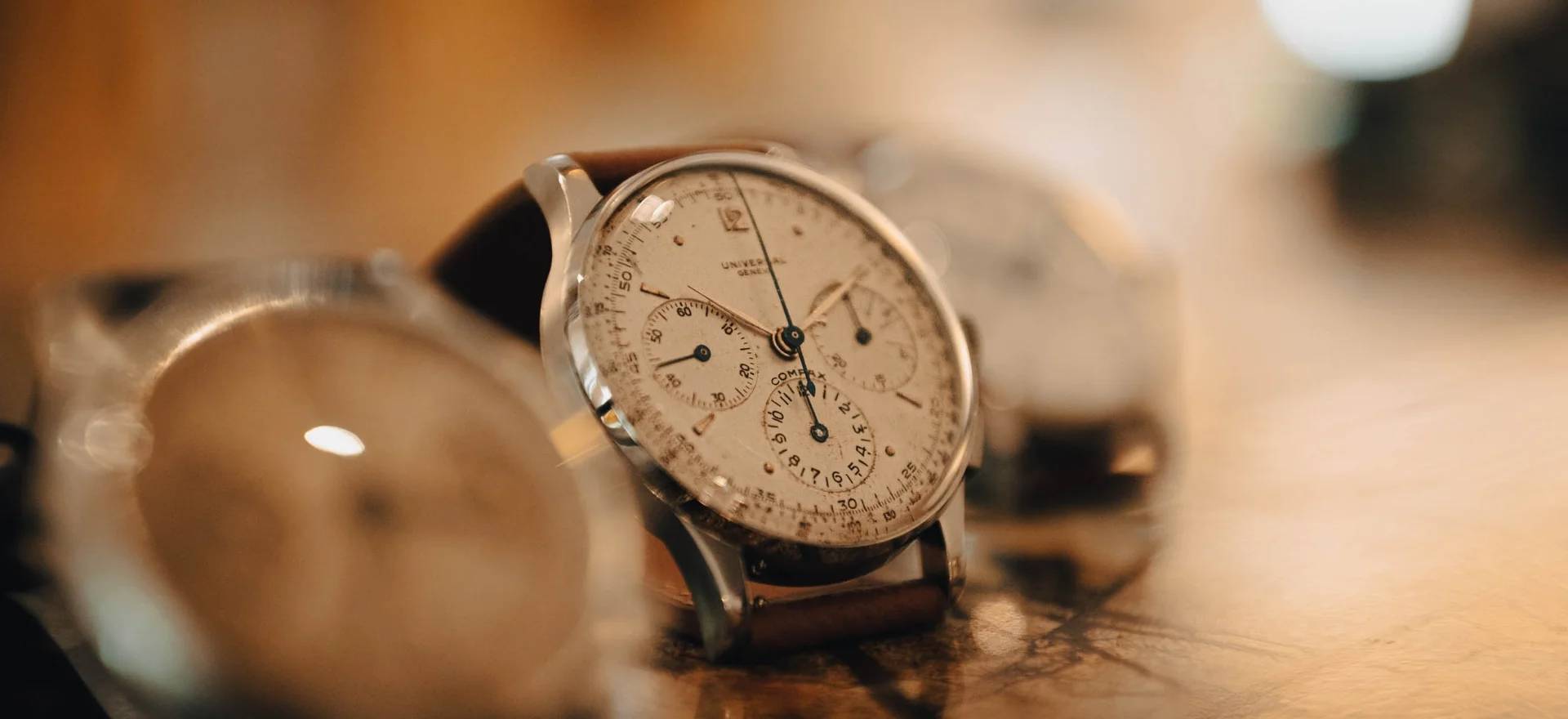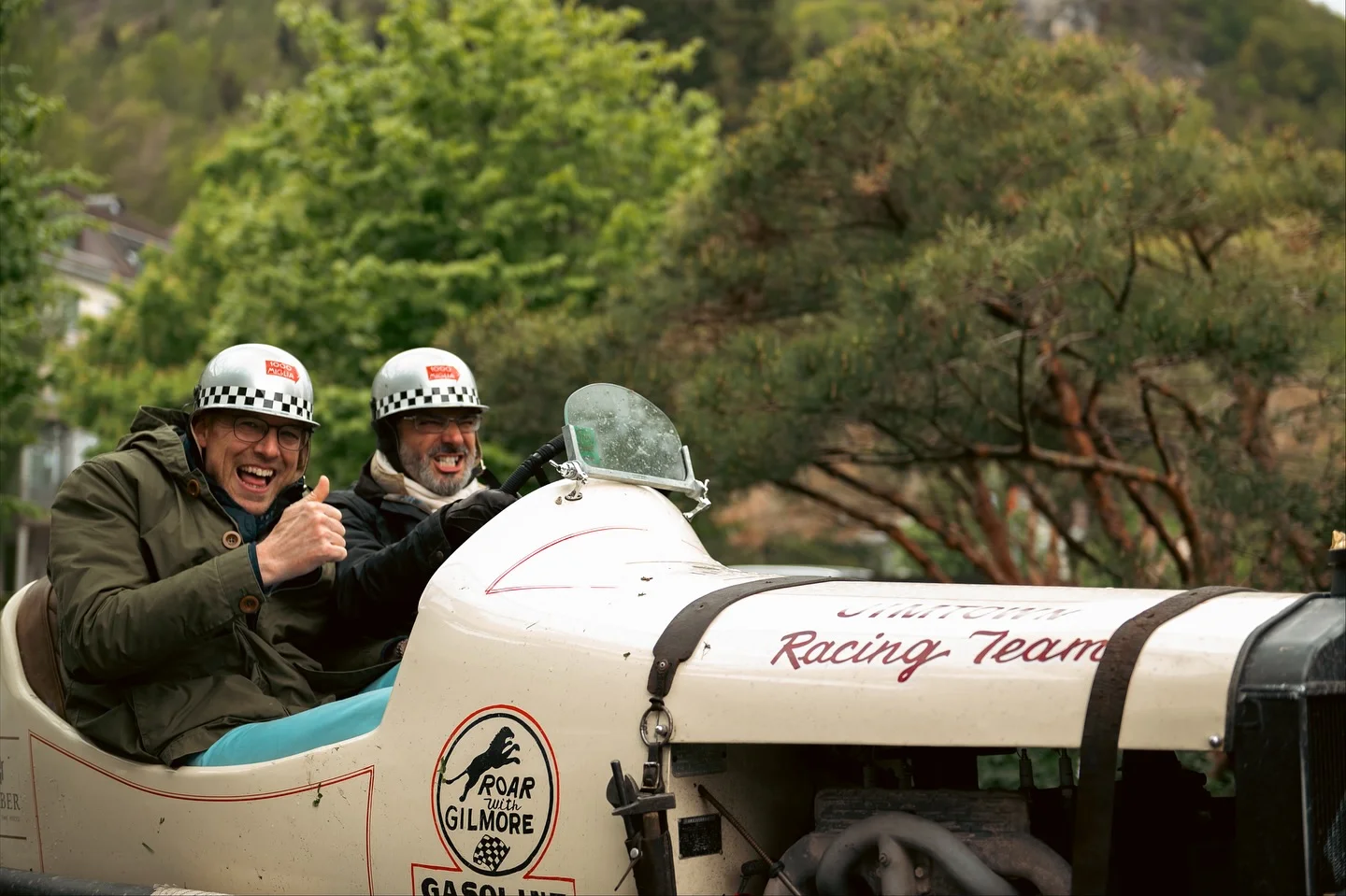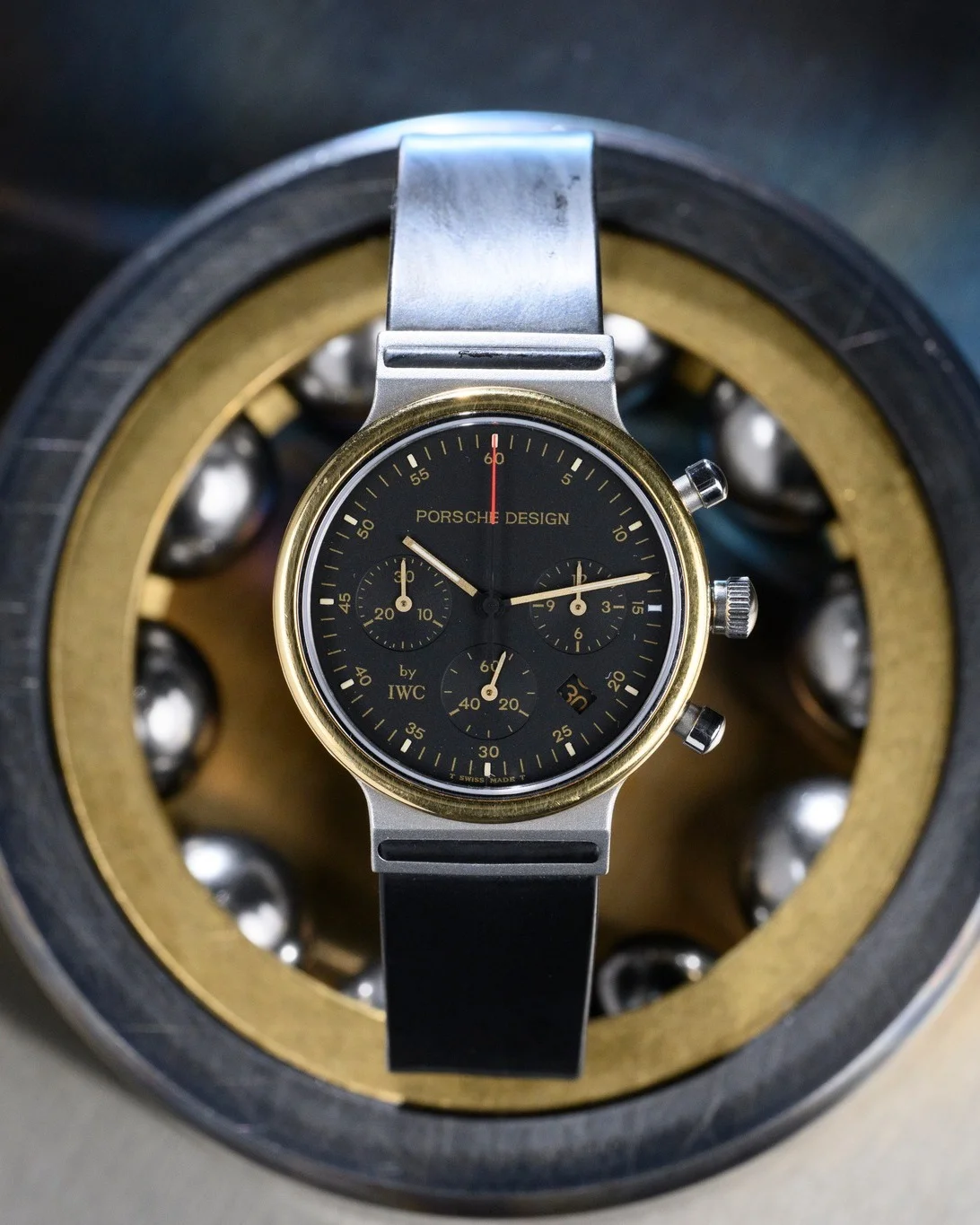In the Huber Vintage Lounge, every watch tells a story. Take, for example, the Omega "Very Best" pocket watch belonging to a Mrs Dätwyler. Hansjörg Roshard, of Huber Vintage Timepieces, was stunned when Mrs Dätwyler, née Kaiser, walked into his office and laid a very special treasure on his desk: an Omega "Very Best" timepiece, calibre 43.15, dating from the 1930s.
Mrs Dätwyler was asking for this precious item to be valued, so she could perhaps pass it on to her family. Hansjörg Roshard was no less stunned when Mrs Dätwyler told him the history of this timepiece: her grandfather, Josef Kaiser, was the owner of the Kaiser watch-making company and had had four identical watches made, three for his three sons, while the fourth he kept for himself. He bought the first two in 1931, and the next two in 1937. One of these precious items was lost in the war and one remained in the family's possession. Of the other two, there is alas no trace.
JK – A forward-looking collector
Originally, each of the four watches bore the initials of its owner. The idea was that the timepieces would demonstrate the family's closeness. Following the death of his father Josef, Rudolf Kaiser became joint owner of the eponymous firm of watchmakers and he must have been more than aware of the value of these family heirlooms.
For Hansjörg Roshard, the specialist at Huber, it was clear that he had the honour of holding a remarkable piece of timepiece history in his hand. And, as luck would have it, Mrs Dätwyler had instinctively come to the right place: not just by coming to Huber, but also because Roshard was in touch with one of the most famous Omega collectors of all, who was able to help him with his expertise in this case. It just shows the value of networking!
750 Reichsmark
We are not revealing the current resale value of the little gem here, but we will say that, in the 1930s, Josef Kaiser's watches cost 750 Reichsmark each to make. If that isn't much help, then let's say for comparison purposes that official sources set the value of the Reichsmark at the equivalent of around 4.40 euros (1931) or 4.50 euros (1937). So, if we can believe the mathematicians, that equates to about 3300 euros today. But that's only the amount the watch cost then, adjusted for relative purchasing power. To compare: that same year, Tiffany & Co. sold a Patek Philippe minute repeater pocket watch with perpetual calendar, moon phases, chronograph and 30-minute timer, for 2835 Swiss francs. But a standard pocket watch with an 18-carat gold housing and 20-lignes movement could be had for 385 Swiss francs.
Precision movements with low tolerances
The fact that this watch cost almost 40% of the price of a highly-complex Patek Philippe and more than four times that of the same company's standard product was due to the cost of manufacturing such a precision movement. Precision movements are made with far less mechanical tolerance than normal watch movements and often take just as long to manufacture and regulate as more complicated movements. Neither party is disclosing the current value of the watch.
We asked Mrs Dätwyler what would happen to the watch now: "I would like to know that this beautiful timepiece is in the hands of someone who values the Omega as it deserves to be," she says. That's why it has now passed into the ownership of the collector referred to above. Complete with its certificate and original packaging, of course. It enhances his collection with another important chapter in the history of these Made in Switzerland timepieces.
LEARN MORE 

